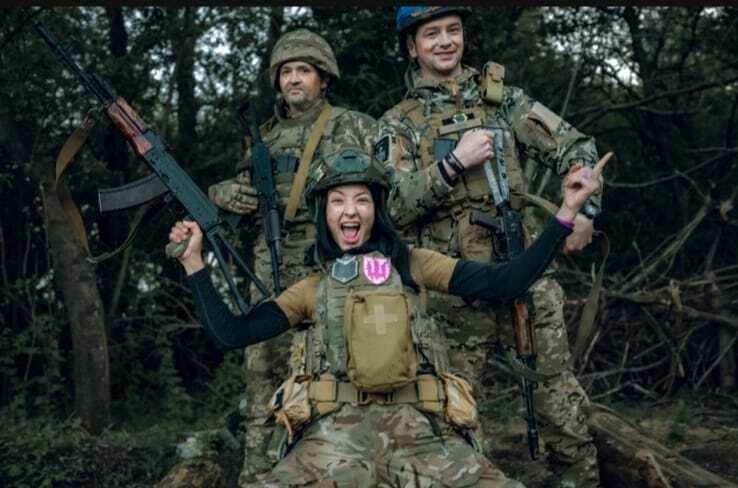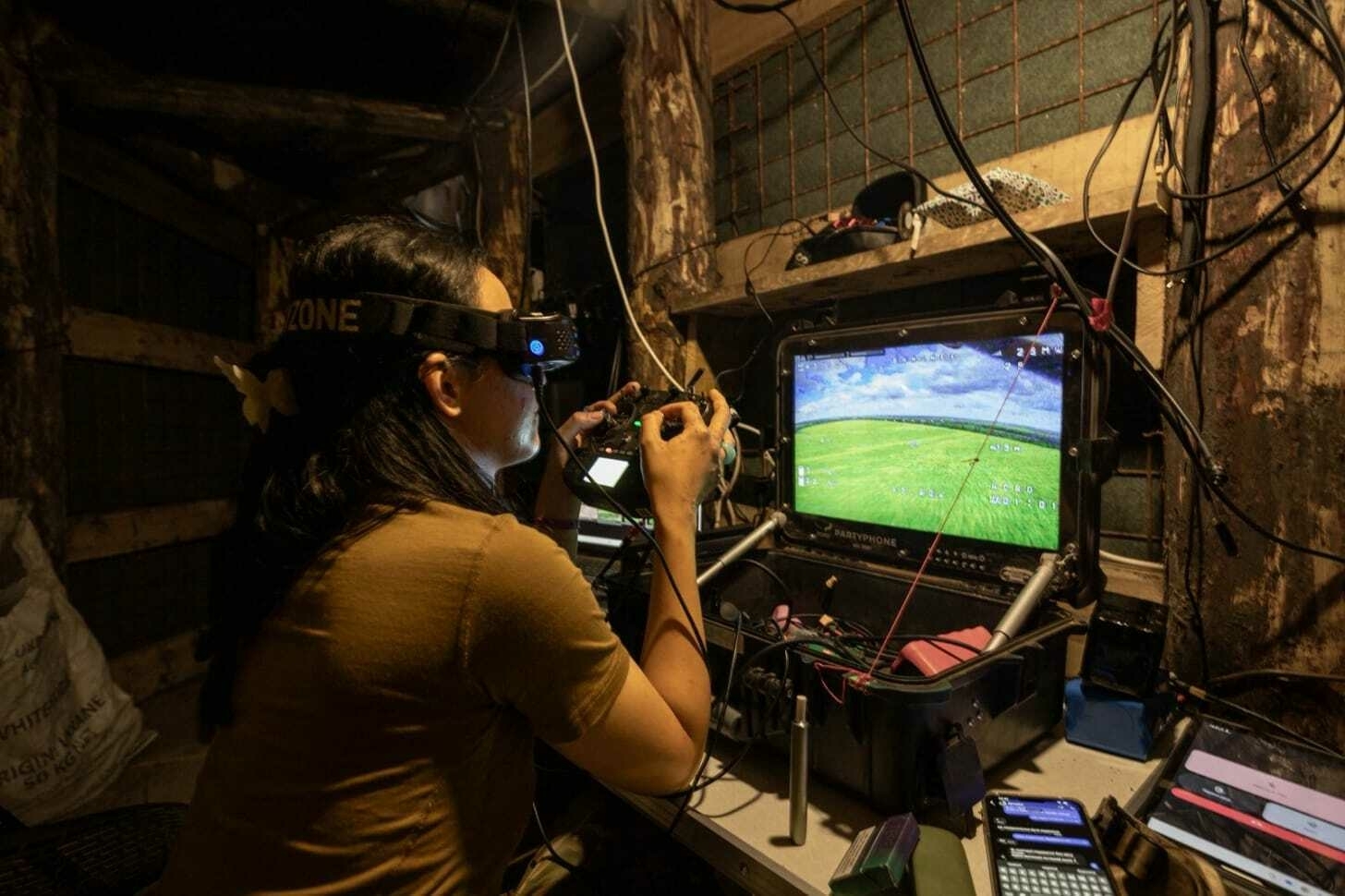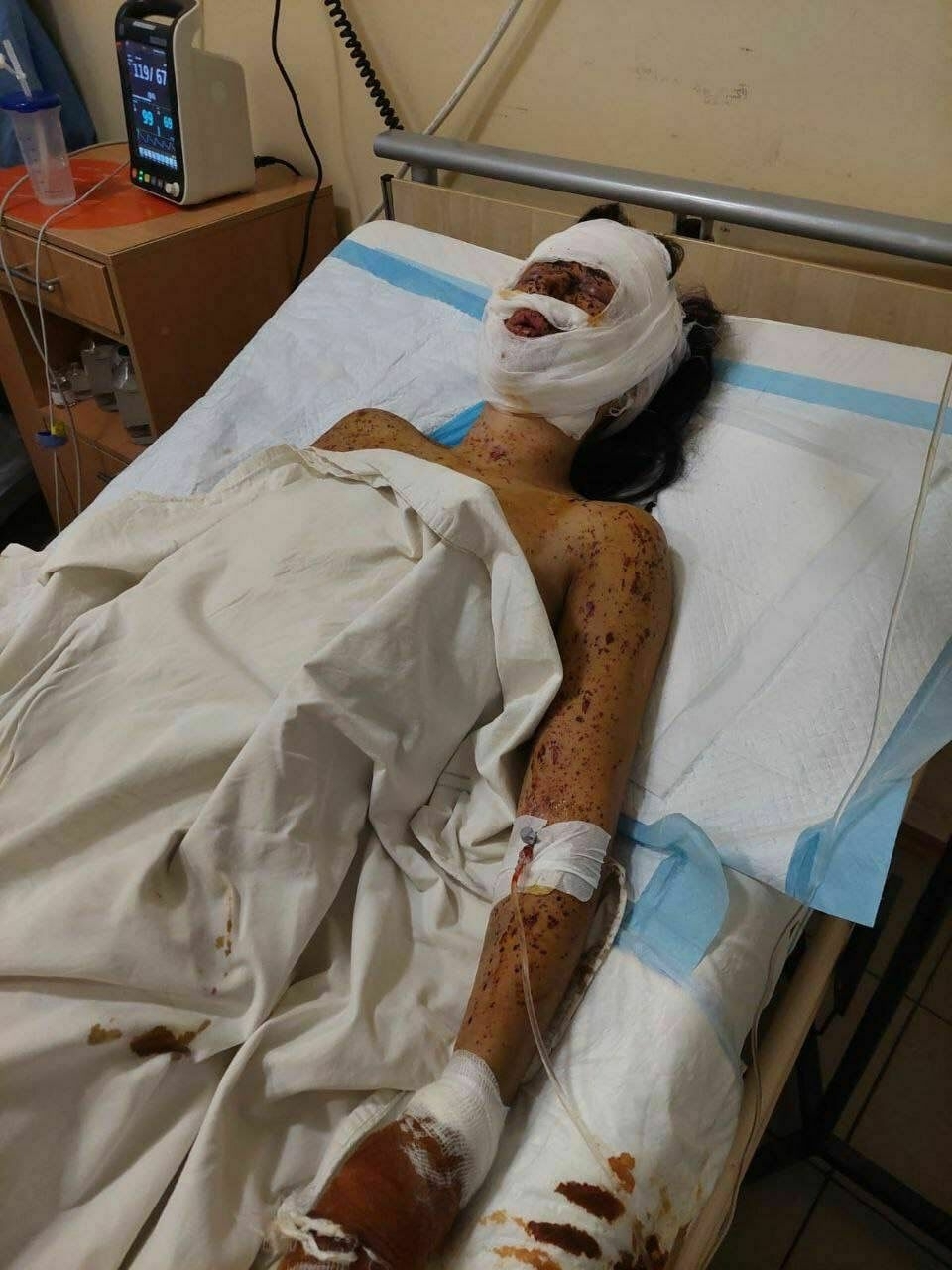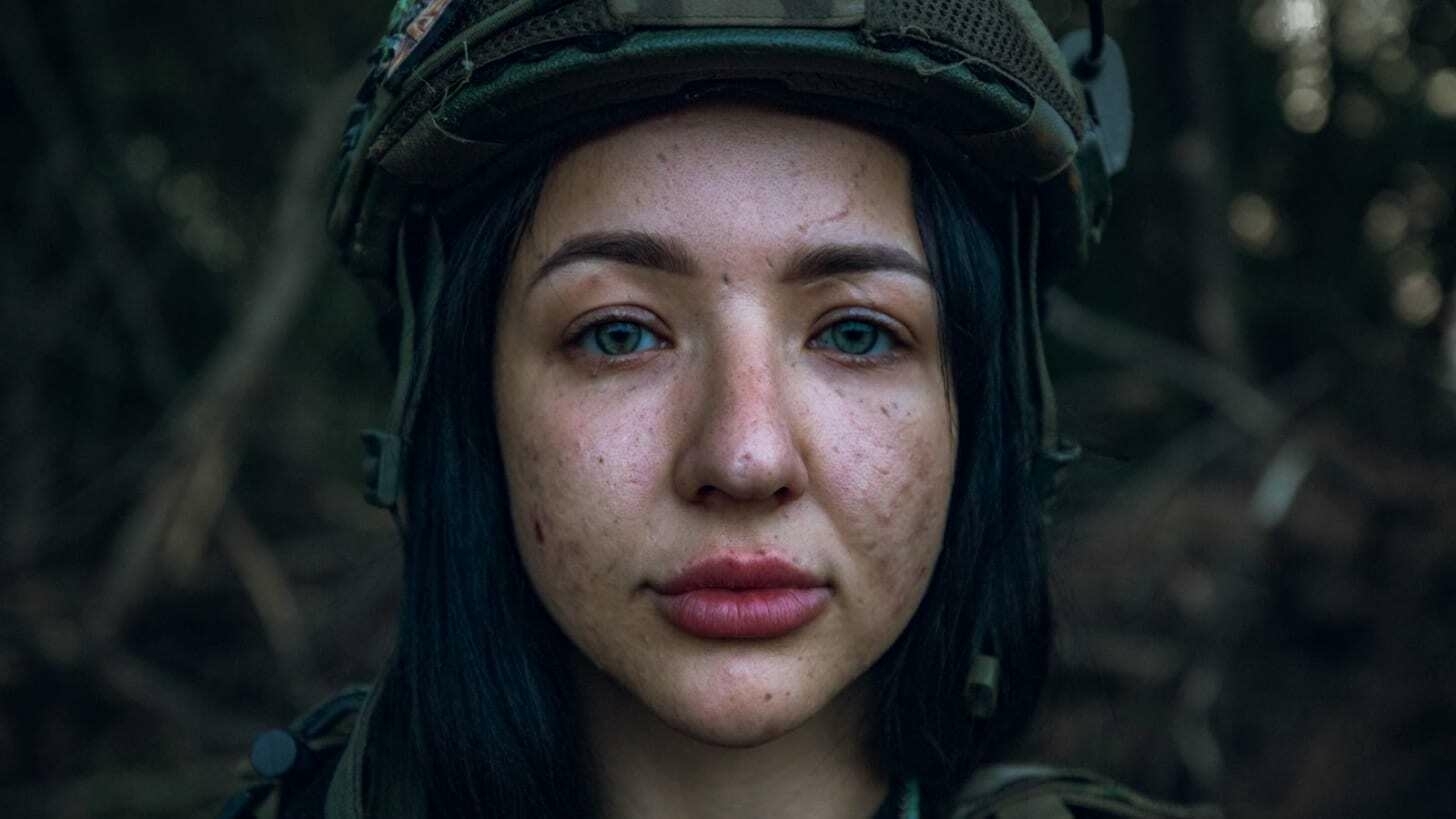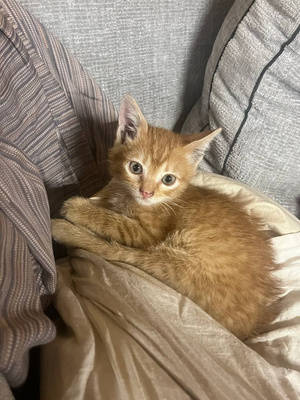Editor’s Note:
Last night’s attacks were brutal. Undoubtedly people left the scenes of strikes with terrible injuries that need reconstructive surgery of one kind or another.
Our mission is not just to tell you about the strikes, but the legacy of physical scars and the people who bear them.
Do you support our human-first news approach? Upgrade your subscription!
Sensitive content: the story contains photos of injuries
“I’m 300, I’m 300,” Yana shouted to her comrades, using the code for battlefield injuries.
The shock from the attack erased any memories of how she was evacuated from the position. Yet, the scars on her body are a constant reminder of that moment.
“My hands and face are burned, everything is covered in shrapnel... My face was like a sieve,” Yana recalled.
Like Yana, thousands of Ukrainians have suffered from physical injuries caused by explosive drones, mines, and missiles since Russia’s full-scale invasion started.
They count themselves lucky to be able to share their stories, but the horror of their attacks continues to haunt them every time they look at themselves in the mirror.
Just last night, Russia launched another massive attack, sending more than 300 drones toward civilian cities across Ukraine. In Kyiv alone, eight people were injured, including a child. As Ukraine waits for all 17 Patriot systems that NATO partners will buy from the U.S., cosmetology in Ukraine is no longer just an aesthetic choice; it is becoming a necessity for many recovering from injuries.
As of March 2024, more than 2,000 military personnel have required surgery and facial reconstruction procedures. To this end, several rehabilitation centers have opened in Ukraine that provide aesthetic treatment for the wounded for free.
Plastic surgery has the reputation of being for the very rich or very vain. But in these wartime cases, doctors show a deeply empathetic and altruistic side of the field. Instead of waiting for the government to respond to every wartime challenge, people are stepping up to to help the most vulnerable.
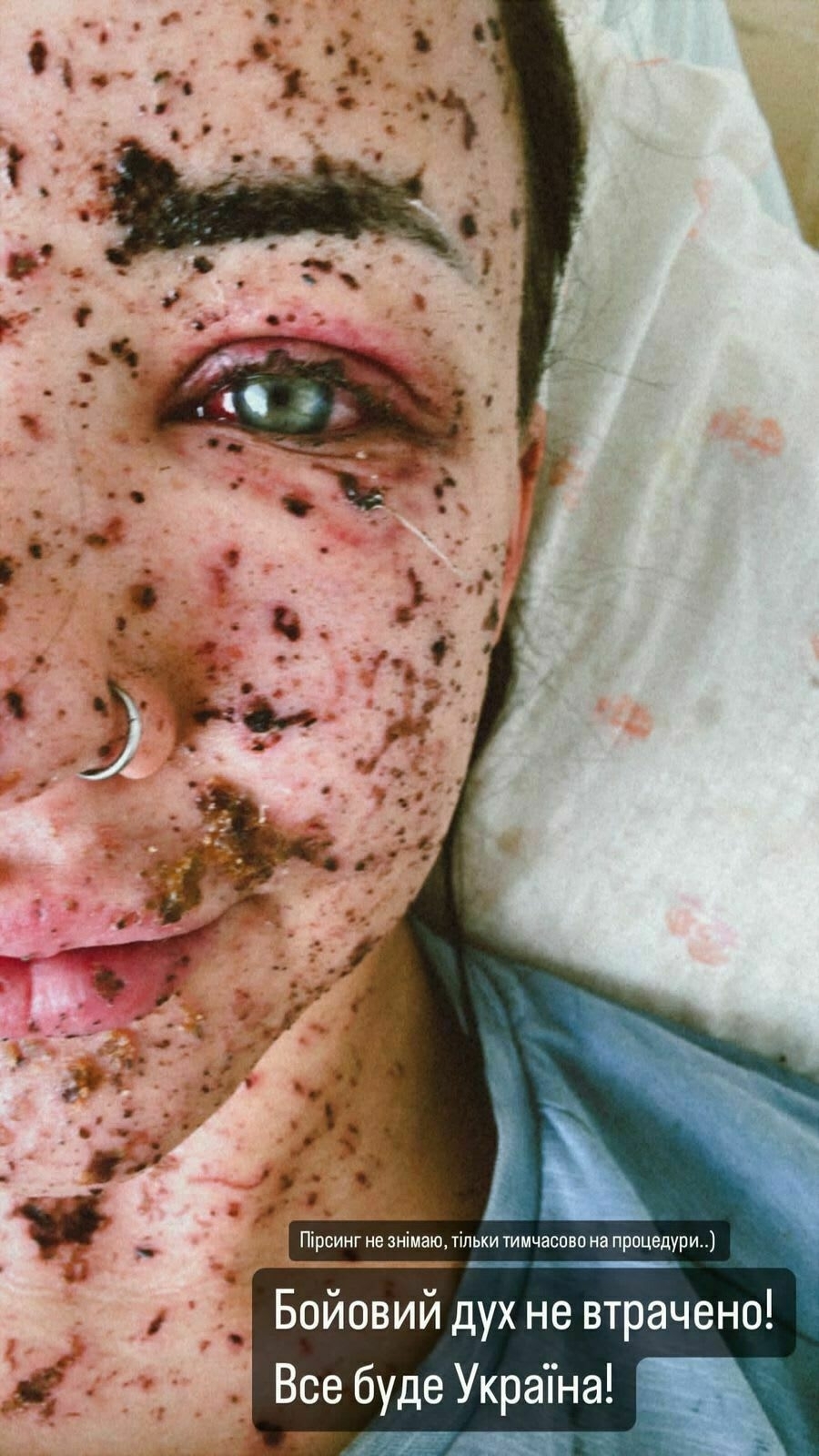
When Russian forces entered Yana’s native Kherson region in early 2022, she promised to take revenge against the enemy for illegally occupying her home city.
Yana joined the army in 2022, only a week after she got out of occupation, and went by the call sign ‘Multyk’, which means cartoon in Ukrainian.
She moved around a lot as she searched for her place in the military: at first, she worked as a military journalist, and she was then retrained as a combat medic.
Despite working constantly on the front lines, she managed to avoid the most serious injuries, receiving only concussions.
In the military, they joke that those wounds are not real injuries, Yana said.
She chose to leave her role as a combat medic when the weight of watching her colleagues die became too much to bear. So she shifted to a drone operator in one of the hottest fronts of the Donetsk region.
That’s when she got injured: ironically while on a break from a combat mission. A Russian drone exploded right above Yana, when she went outside for a couple of minutes. Luckily, the drone got stuck in the tree branches – otherwise her injuries could have been much worse.
“I had been at my post for a long time, and I guess fatigue played a cruel joke on me. I thought it was our [Ukrainian] drone taking off, but it was actually an [Russian] drone flying towards our antennas. I heard that it was flying towards me," Yana recalled the moment when she was wounded.
Despite the severe injury, Yana decided to return to her job as a drone operator a year after the attack, immediately after she felt ready to fight on.
Four days after the attack, Yana had a call with her commander: “Sir, give me some time, I'll be back,” she told him.
Between 10,000 and nearly 47,000 Ukrainian soldiers have suffered craniofacial injuries, which involve the face, neck, jaw, and skull. In addition to that, between 20,000 and 50,000 Ukrainians have had amputations as of 2023; about half of these cases have left scars on people’s stumps, which can cause pain and discomfort when using a prosthesis.
It took seven months and about ten operations to restore Yana’s body to the state that would allow her to return to military service. She had endured two ruptured eardrums, shrapnel wounds all over her body, and shrapnel in her eyes.
The restoration process started by removing the remaining shrapnel from Yana’s body. The process consisted of multiple operations and dozens of stitches. She also had to go through numerous operations on her ears to restore her eardrums. She now uses hearing aids.
Currently, Yana is awaiting one more operation on her right ear. She also frequently undergoes laser resurfacing procedures for her face and hands, which are still marred by the discoloration caused by the dirt trapped beneath the skin.
“Honestly, sometimes it was really overwhelming,” she said. “I cried because I understood that my arms would never be the same... But I tried to listen to the doctors and my comrades who supported me.”
Yana’s rehabilitation and treatments are free of charge. At the start of the full-scale invasion, doctors working in the fields of plastic surgery, dermatology, and aesthetic medicine decided to volunteer their services to treat military personnel and civilians wounded in the war.
One of the volunteer projects available in Ukraine is ‘Neopalymi’. Its co-founder, Oleksandr Turkevych, contacted Yana himself after the photo of her injury got really popular on the Internet and offered to treat her at his clinic. His project offers cosmetology and dermatology procedures in clinics across Ukraine to help people wounded during the war.
“At some point, the question arose that our knowledge and skills would obviously be useful in helping people with scars and burns,” said Oleksandr Turkevych, dermatologist and founder of ‘Neopalymi’ project, founded in the first half of 2022.
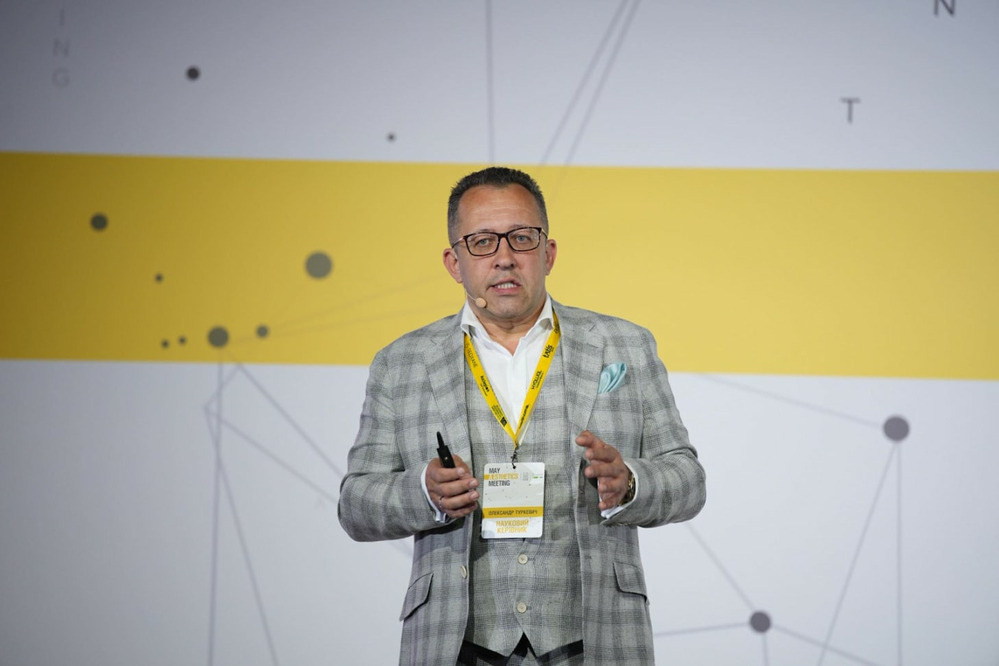
During the first months of the invasion, it was too early to launch the project, as scars and burns can only be treated once they have completely healed, which can take between four and six months. During these months, however, Oleksandr worked on assembling a team and preparing to receive the patients.
The restoration procedure mainly combines laser and injection treatment. Each patient’s situation is different and may require an additional step.
‘Neopalymi’ currently has 32 partner clinics across 16 regions in Ukraine and Poland, which are assisting wounded civilians and military personnel. A couple of hundred people are undergoing treatment under this project, Oleksandr said.
Patients in need of assistance fill out an online form, and they are then invited to schedule their initial checkup. There are far fewer requests from civilians than from the military, Oleksandr added. The program also includes psychological supervision for the patients.
Injuries are categorized into two types, Oleksandr said: traumatic, resulting from shrapnel and penetrating wounds, and thermal, caused by high temperatures/fire.
About 73 percent of the cases in the project are a result of an explosion, which can cause shrapnel injuries, concussions, and even the amputation of a limb. In addition, over 95 percent of soldiers held in Russian captivity were subjected to torture, often resulting in physical disfigurement and gangrene that led to amputations.
One of the most recent examples is the case of former Ukrainian POW Andrii Pereverziev, who told his story in an interview to United24 and is also a patient of Oleksandr Turkevych. He was returned from captivity as part of a series of large-scale prisoner exchanges between Ukraine and Russia, which was agreed upon at the first round of talks in Istanbul in May.
The picture of his body after his release went viral across social media platforms.
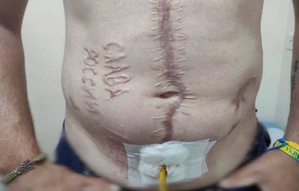
Russian forces captured Andrii after he was wounded amid a grenade explosion, and he underwent surgery during captivity. When he came out of surgery, he noticed that the Russian surgeon had burned ‘Glory to Russia’ and the letter ‘Z’ — a symbol of the Russian war — on his stomach.
“He is currently undergoing treatment, which consists of various stages, and of course, there is still a long way to go,” Oleksandr told The Counteroffensive. “We have only just begun, but he is already noticing improvements.”
Andrii is receiving injections of polynucleotide, which helps reduce scarring and improve the condition of the affected area. After the first part of the treatment concludes, more aggressive interventions will be employed, including lasers.
The laser is used to heal thermal and post-surgical scars. It is also used to reduce pigmentation, scar thickness, pain, and itching. Additionally, it helps improve texture, flexibility, color, and range of motion in joints.
Yana is aware that she still has a long way to go in her recovery.
“Basically, I have accepted myself with my scars and my hands, which are still black [the dirt got under Yana’s skin together with sharpnel],” Yana said.
In addition to the existing injury, Yana suffered additional injuries after returning to duty a year after her first incident. She suffered a concussion when she and her crew were fleeing artillery fire.
"I am no longer the Yana I was before my injury. And I am not the Yana I was in 2022, when I was full of enthusiasm. That is, you get tired faster, but you hold on purely because of your character, because I am in the senior group of the FPV [drone] crew, and I cannot let them down," Yana said.
Russia has been leaving its mark on every Ukrainian for over three years: dark circles under the eyes after air strikes, gray hair from constant stress, wrinkles from relentless tension.
But scars such as a shrapnel fragment under the skin, or a burn that prevents you from clenching your fist, are worse.
They remind you of your traumatic experience every day.
NEWS OF THE DAY:
By: Artem Moskalenko
Good morning to readers; Kyiv remains in Ukrainian hands.
UKRAINE IMPORTED AZERBAIJANI GAS FOR THE FIRST TIME: The move was a test delivery of gas via the Trans-Balkan corridor. This route allows gas to be transported from the South Caucasus and through the Balkans to Central and Eastern Europe, bypassing Russia. This was announced by Serhii Koretsky, chairman of the board of Naftogaz, the largest state-owned energy company in Ukraine.
Ukraine needs to import gas because Russia attacked the country's gas infrastructure. Ukraine is currently at a historic low in gas reserves and needs at least another 5 billion cubic meters of gas to ensure a stable energy supply for the country during next winter.
At the same time, this makes it possible to transport Azerbaijani gas through Ukraine to Europe after Ukraine stopped the transit of Russian gas on January 1, 2025. This is an alternative source of gas that will help replace Russian energy resources and free Europe from its dependence on Russian energy.
RUSSIAN AIRLINE CANCELED 40+ FLIGHTS DUE TO HACK: the hacker groups Silent Crow and Cyberpartisans BY claimed responsibility for the incident affecting Aeroflot.
The hackers claim that during the operation, which lasted about a year, they gained access to a massive amount of flight history data, personnel control systems, and recordings of internal company telephone conversations.
They managed to destroy thousands of the airline's servers, “compromise all critical corporate systems,” and gain control over the personal computers of the company's management.
According to them, the damage is “strategic” and recovery could cost tens of millions of dollars. Aeroflot has not commented on these statements.
LITHUANIA STRENGTHENS AIRSPACE PROTECTION AFTER INCIDENT WITH RUSSIAN DRONE: On the morning of July 28, an unidentified drone flew into Lithuanian airspace from Belarus. It was spotted over the country's capital, Vilnius.
After that, several NATO reconnaissance aircraft from Britain, Latvia, and Poland were sent to monitor the country's airspace. Later, another aircraft from Moldova was sent to patrol around the Kaliningrad region.
According to the commander-in-chief of the Lithuanian army, Lithuania has a plan to deploy additional air defense assets closer to the border.
CAT OF CONFLICT
This is Rusoriz the kitten. Tanya and her friend found the kitten in a trash can and decided to take it home and find it a new owner. They named the kitten Rusoriz, which in Ukrainian means ‘to cut Russians’ and is a name of the ongoing fundraising campaign for FPV kamikaze drones for the Ukrainian army.
Unfortunately, Tanya couldn't keep the kitten because she is allergic to cats. But the grandmother of Tanya's other friend agreed to take it, and now Rusoriz lives in a private home.
Stay safe out there.
Best,
Nastia

